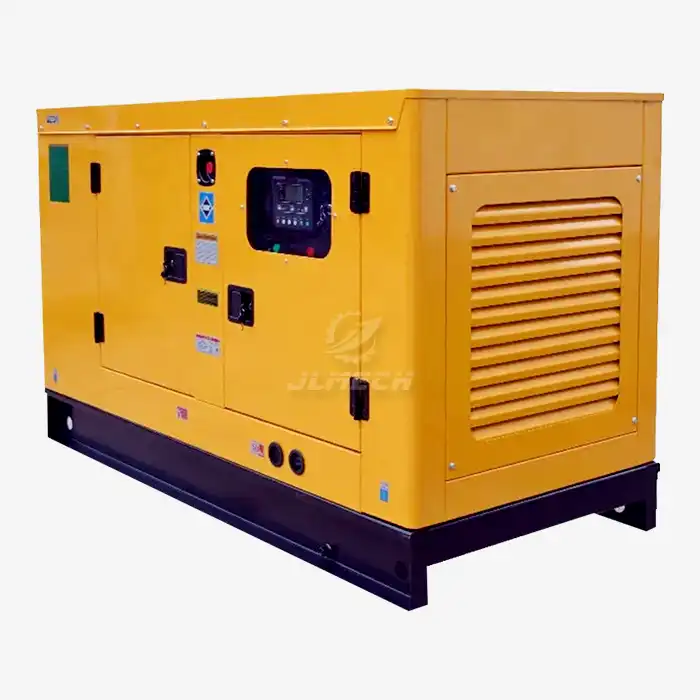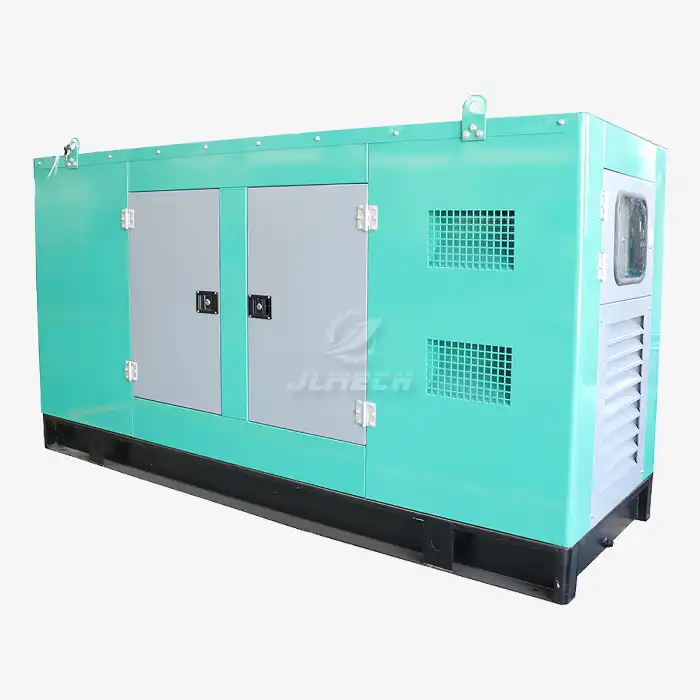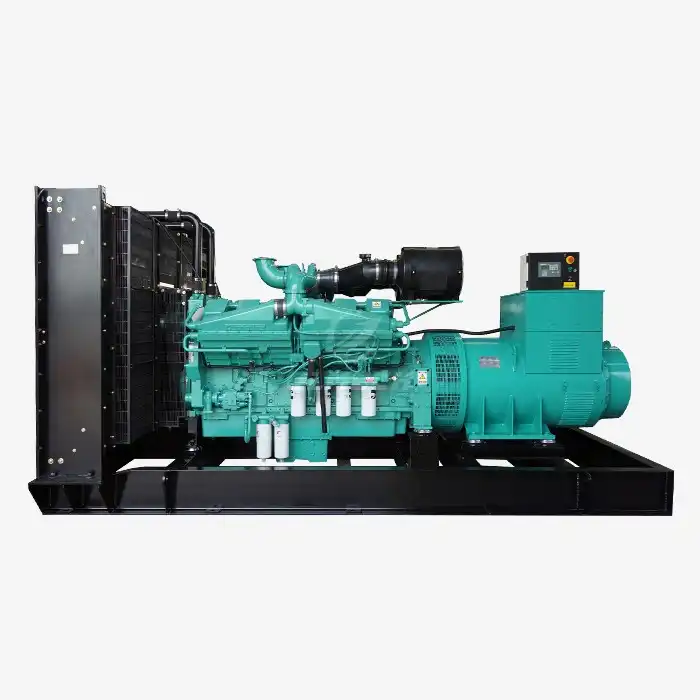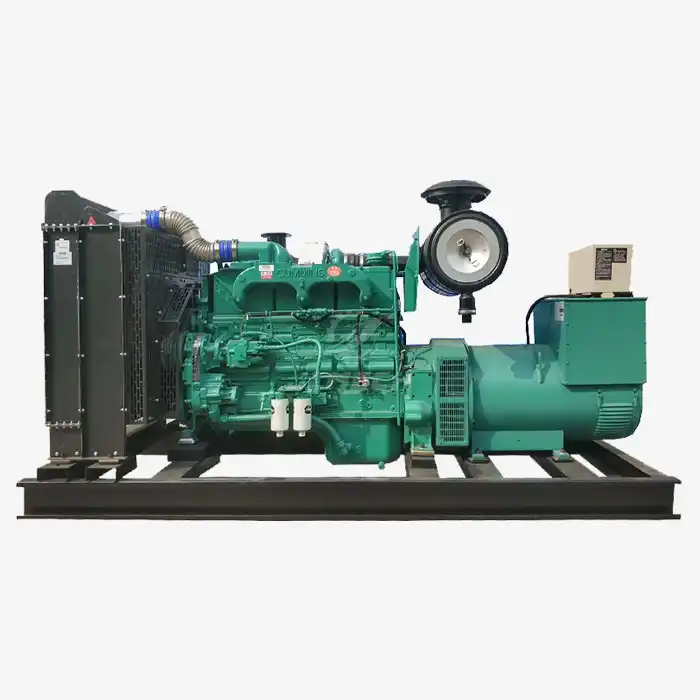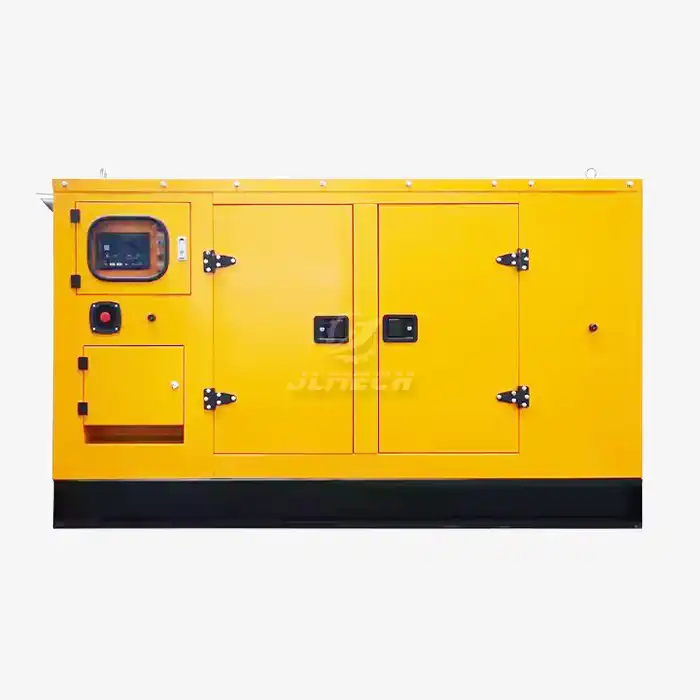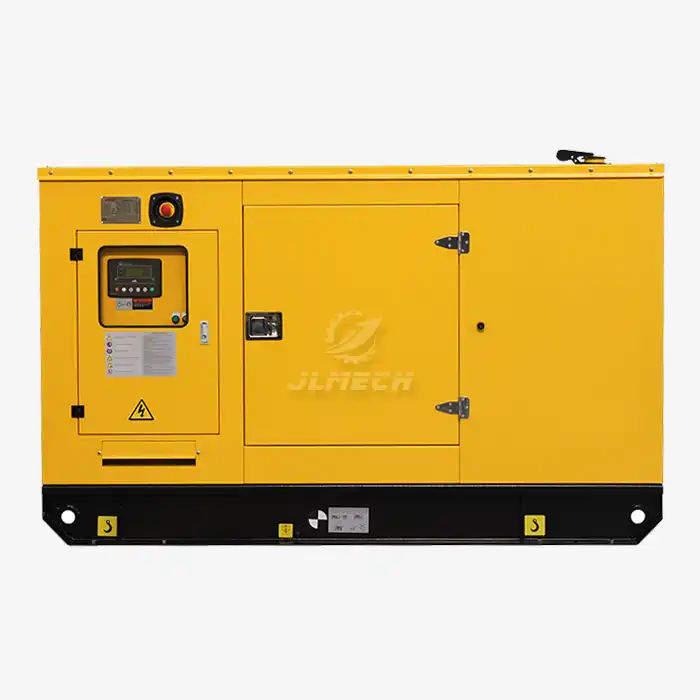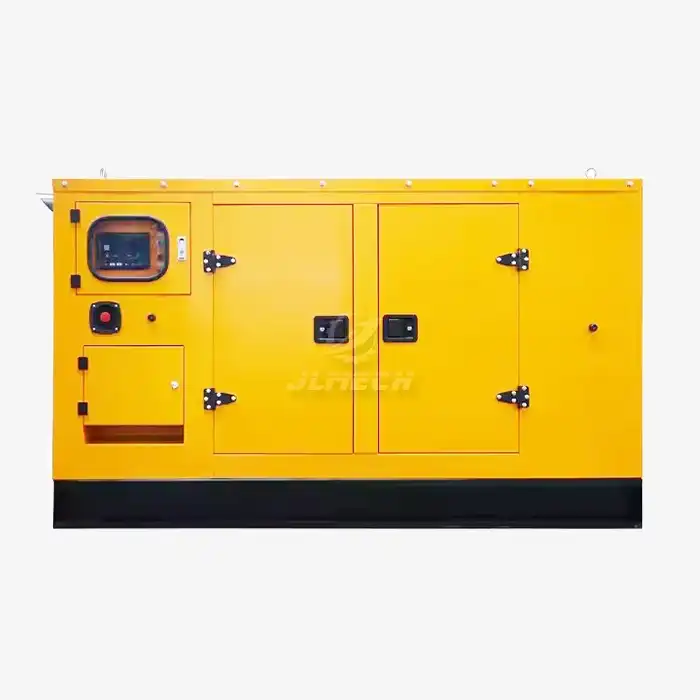What is a passive harmonic filter for a generator?
Imagine your generator's perfect, smooth electrical power is like a calm, flat road. Now imagine harmonic distortion is like adding bumps and potholes to that road. These "bumps" in your electrical system can cause all sorts of problems for your equipment. A harmonic distortion filter for generator systems is like a sophisticated suspension system that smooths out those bumps. Specifically, a passive harmonic filter is a cleverly designed electrical device, made from simple components like coils (inductors) and capacitors, that acts like a dedicated detour for these electrical disturbances. It catches and neutralizes the "dirty" power before it can damage your sensitive equipment, ensuring your generator delivers only clean, stable electricity.
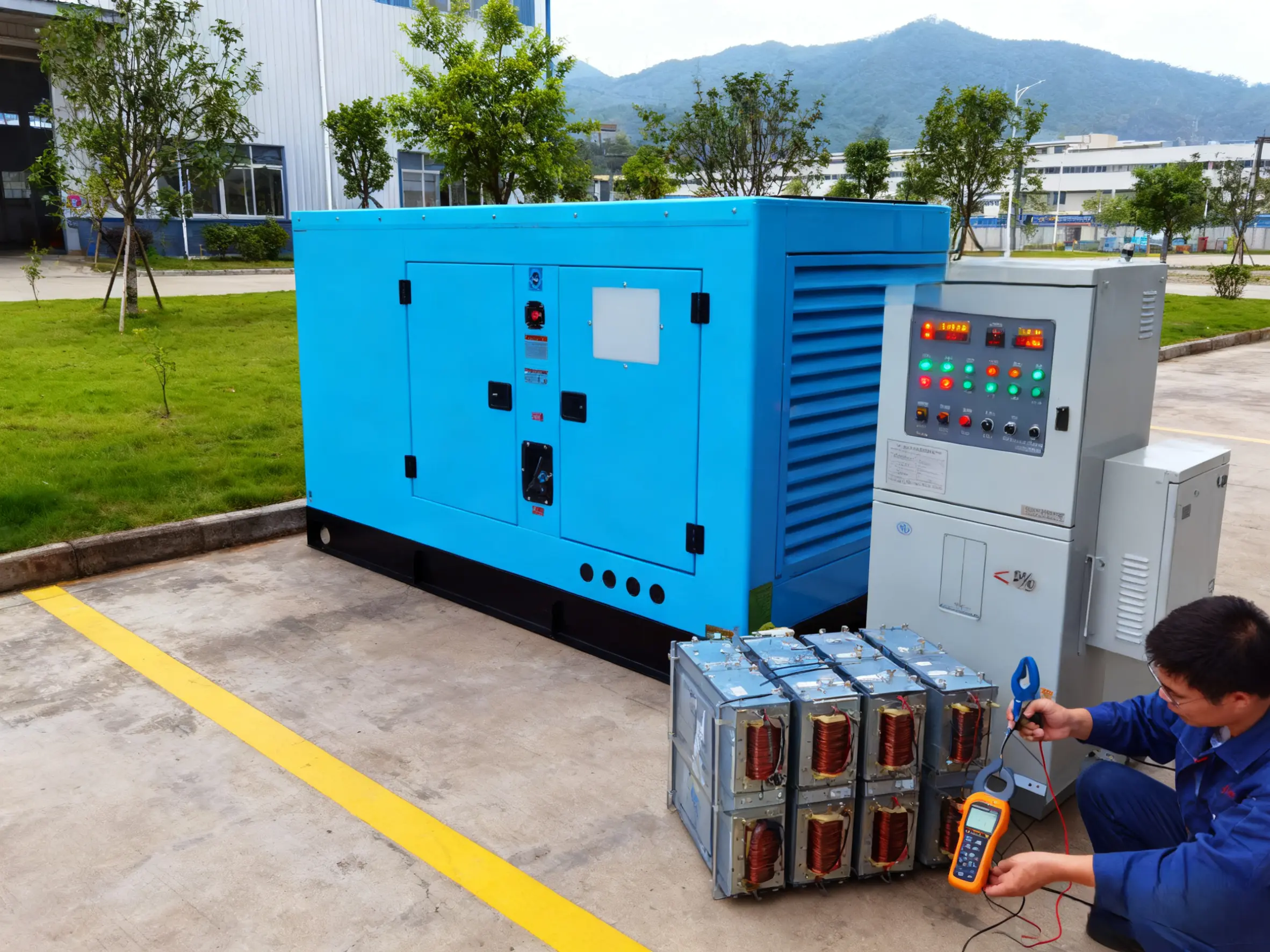
The Problem: What Are Harmonics?
Think of your generator producing a perfect, smooth electrical wave. Now, when you plug in modern equipment like variable-speed drives, computers, or LED lighting, they chop up this smooth wave, creating jagged, distorted versions. These distorted waves are "harmonics."
Like Static on a Radio: Harmonics are similar to static interference on a clear radio signal.
Created by Modern Equipment: They are primarily produced by non-linear loads, which are most common in today's factories and offices.
The Consequences: This dirty power can cause motors to overheat, circuit breakers to trip for no reason, and can even damage expensive, sensitive machinery.
A harmonic distortion filter for generator systems is the direct solution to this problem, cleaning up the power and preventing these issues.
How It Works: The Simple Science
A passive harmonic filter doesn't need any external power or complex electronics to do its job. It works purely through the natural properties of its internal components.
Creating a Preferential Path: The filter is designed to be a very "easy" path for the specific, unwanted harmonic frequencies.
Trapping and Neutralizing: It lures these harmonic disturbances away from your main electrical system and safely redirects them to the ground, where they are neutralized.
Tuning is Key: Much like tuning a radio to a specific station, the filter is "tuned" to the exact harmonic frequencies you want to eliminate (usually the 5th and 7th harmonics are the most troublesome).
By providing this escape route, a harmonic distortion filter for generator setups ensures that only clean, 50/60 Hz power continues to your equipment.
Different Types for Different Needs
While they all serve the same basic purpose, passive filters come in a few common configurations to best match your situation.
Single-Tuned Filters: The most common type. It's like a specialist that is perfectly tuned to eliminate one specific harmonic frequency with high efficiency.
Broadband Filters: This is more of a generalist. It can reduce a wider range of harmonic frequencies at once, though it may not be as perfectly effective on each individual one.
Damped Filters: Used in more complex systems to ensure stability and prevent any new electrical issues from being created while solving the harmonic problem.
Key Benefits: Why You Need One
Installing a passive harmonic filter brings several direct and valuable advantages to your operation.
Protects Your Equipment: The number one benefit. By cleaning the power, you extend the lifespan of motors, transformers, and sensitive electronics, preventing premature failure.
Saves Energy: Cleaner power often means less electrical loss as heat, which can lead to reduced energy bills.
Increases System Capacity: Harmonics take up "space" in your electrical system. By removing them, you effectively free up your generator's capacity to do more useful work.
Prevents Nuisance Tripping: Stop those frustrating and costly moments when circuit breakers shut down production for no apparent reason.
Cost-Effective Solution: Compared to other types of filters, passive filters offer a great balance of performance and affordability with minimal maintenance.
Where Is It Used?
Anywhere you have a generator and modern electronic equipment, you likely need a filter. Common applications include:
Industrial Manufacturing: With lots of variable-speed motor drives and automated machinery.
Commercial Buildings: For HVAC systems, data centers, and extensive LED lighting.
Water Treatment Plants: Which use many pumps and control systems.
Hospitals and Laboratories: Where sensitive medical equipment requires absolutely clean power.
How to Choose the Right One
Selecting the correct filter is crucial for it to work effectively. Here's a simple guide:
Measure First: Use a power quality analyzer to identify exactly which harmonics are present and how strong they are. You can't fix what you haven't measured.
Check Generator Size: The filter must be rated to handle the electrical current of your specific generator.
Know Your Loads: Understand what equipment is creating the harmonics in the first place.
Set a Goal: Decide on your target. For most applications, reducing Total Harmonic Distortion (THD) to below 5% is a common and effective goal.
Installation and Care
Getting the most out of your filter is straightforward.
Where to Put It: It is typically installed at the generator's output or on the main distribution panel, right where the power is distributed.
Professional Installation is a Must: For safety and performance, this should always be done by a qualified electrician.
Low Maintenance: A great advantage of passive filters is that they have no moving parts and require very little upkeep. Occasional visual inspections and thermal scans to check for loose connections are usually sufficient.
Conclusion
In today's world of electronically demanding equipment, a passive harmonic filter is not a luxury—it's an essential component for protecting your power system. It is a simple, reliable, and cost-effective harmonic distortion filter for generator systems that acts as a guardian for your electrical infrastructure. By investing in one, you are investing in the reliability, efficiency, and longevity of all the equipment that depends on your generator.
Our team of experts can help you analyze your power quality and select the perfect harmonic filter for your specific generator. For clean, stable, and reliable power, contact us at skala@whjlmech.com.
References
Johnson, M. (2022). Emergency Power Systems: A Comprehensive Guide to High-Speed Diesel Generators. Power Engineering Quarterly, 45(3), 78-92.
IEEE Std 519-2014: IEEE Recommended Practice and Requirements for Harmonic Control in Electric Power Systems.
Schaffner. (2023). FN3441 Series Ecosine Evo Passive Harmonic Filters Technical Documentation.
Schneider Electric. (2015). Decoding Detuned Reactors: What and Why.
Normanyo, E. (2012). Mitigation of Harmonics in a Three-Phase, Four-Wire Distribution System using a System of Shunt Passive Filters.



